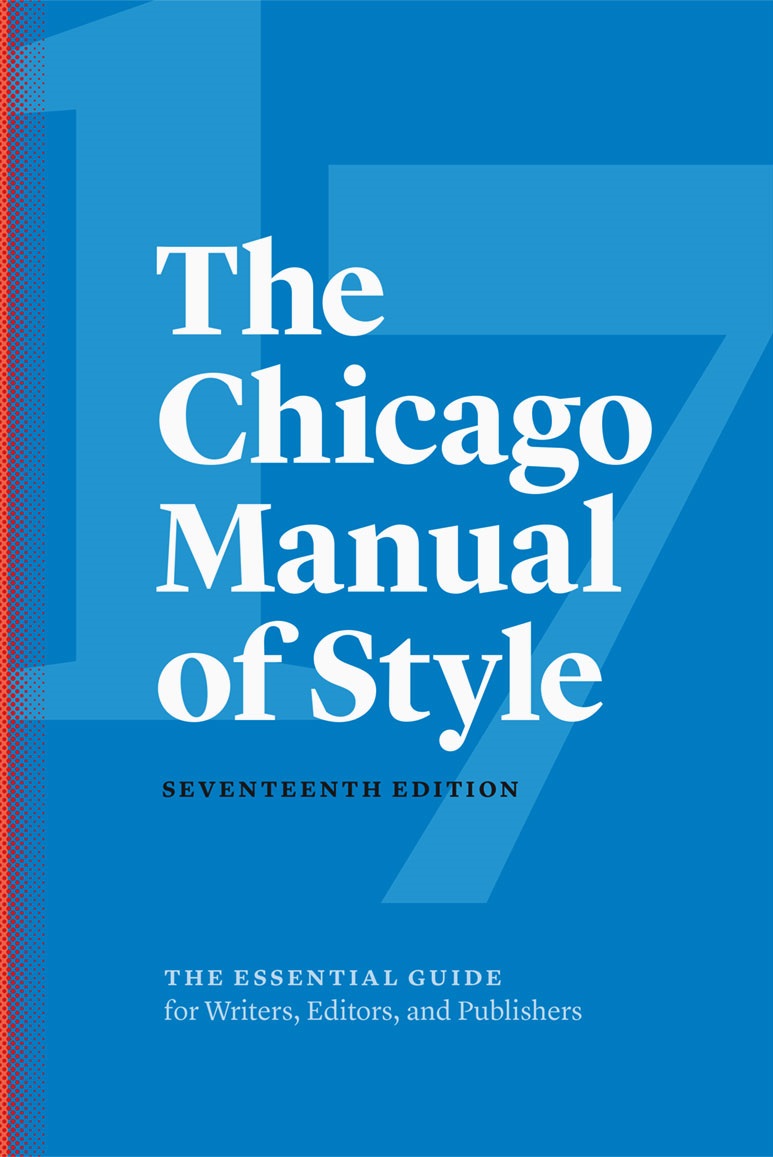


PRIMARY SOURCES:
The best scholarly research papers will contain as many of these as possible as part of their supporting documentation.
1. Original words – novels, poems, plays, speeches, interviews, letters, case studies, test data, pilot studies, findings from surveys, archeological drawings..
2. Original works – experiments, films, drawings, designs, models, paintings, music, scores, sculptures, discoveries.
SECONDARY SOURCES:
These are also very good sources to use in a scholarly paper
1. Works that discuss a primary source; Works about somebody or about their work(s)
2. Criticisms, critiques, commentaries, analysis, reviews of primary sources
3. A secondary source can become a primary source when it is the work being analyzed, critiqued, reviewed, etc.
TERTIARY SOURCES:
These are excellent places to start research on a topic, but are not considered acceptable as documentation in a scholarly research paper. Tertiary sources will provide background information, the broad context of a narrower topic, parameters of a topic and will increase ones comprehension when reading secondary and primary sources on the topic. These will also identify expert authors, bibliographies and professional jargon which can be used to further one’s research – an application of "using sources to find more sources".
1. A synthesis and explanation for a popular audience
2. Books and articles based on secondary sources
3. Compilation of the research of others
4. Explanation of someone's research for a popular audience
5. Restating what others have said
6. General and specialized encyclopedias including Wikipedia, textbooks and college term papers.
© Janet Tillman/The Master’s University, 2008-2017, permission is granted for non-profit educational use; any reproduction or modification should include this statement.
Last updated October, 2017
Archives, Museums, Libraries
Local Business; Local Governments, Local Civic Organizations
P2P or F2F Interviews
Newspapers, Magazine articles of the period
Dissertations (bibliographies are great sources for more sources)
Attics, basements, spare rooms, storage sheds of relatives, collectors, aficionados associated with the topic
Look beyond the typical sources of information related to the topic being researched. Examples:
© Janet Tillman/The Master’s University, 2017, permission is granted for non-profit educational use; any reproduction or modification should include this statement.
Last updated October, 2017.
